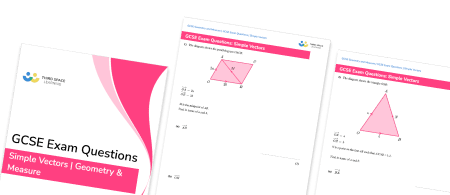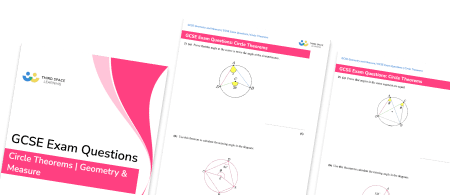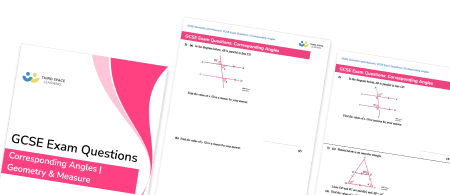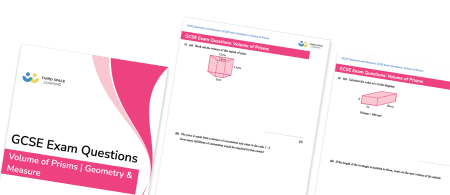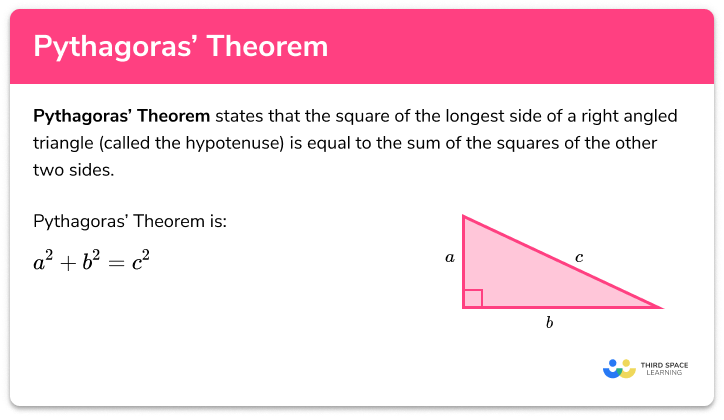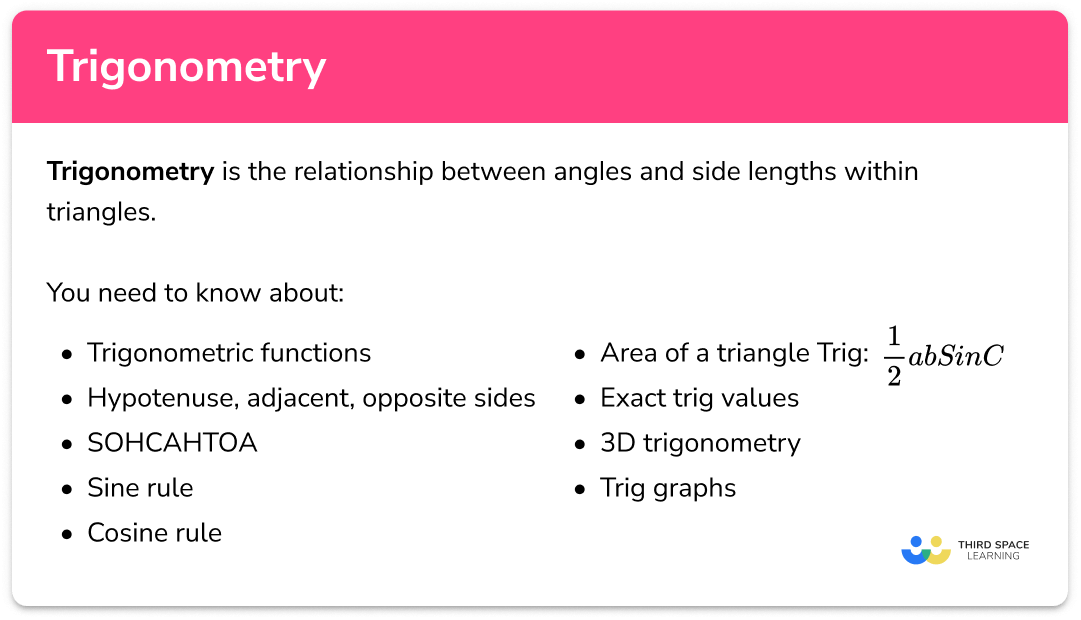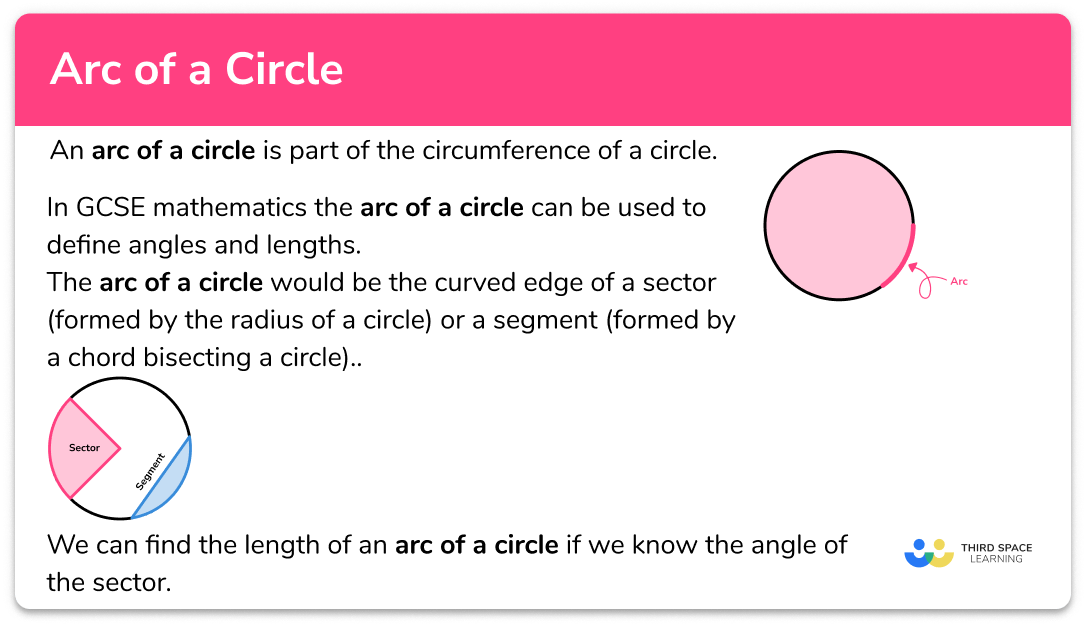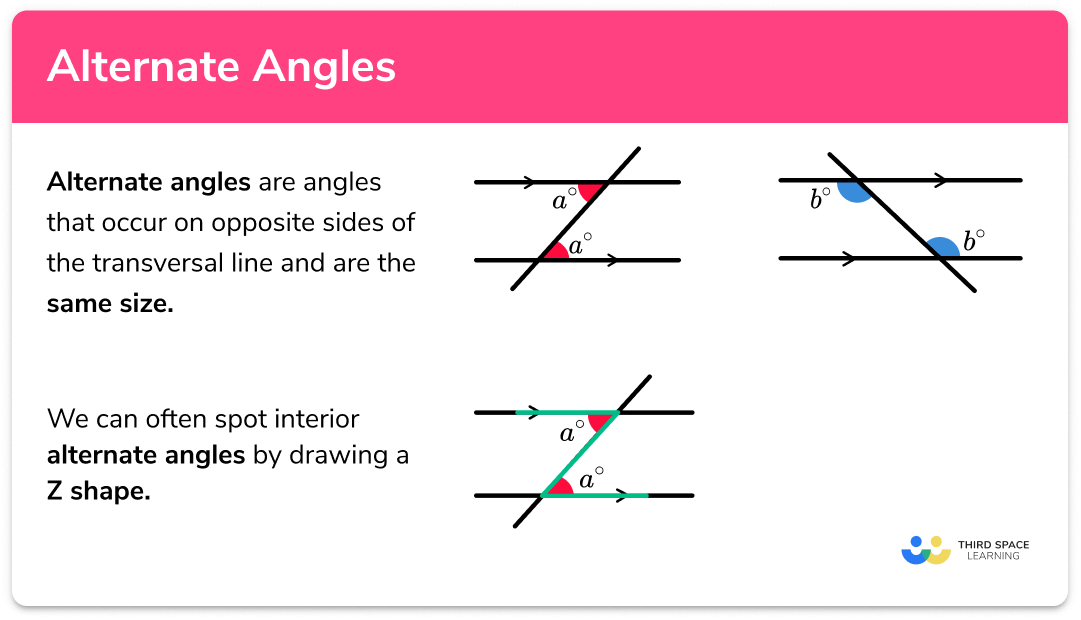FREE DOWNLOAD
Translating Shapes Worksheet

Help your students prepare for their Maths GCSE with this free translating shapes worksheet of 25 questions and answers
- Section 1 of the translating shapes worksheet contains 18 skills-based translating shapes questions, in 3 groups to support differentiation
- Section 2 contains 4 applied translating shapes questions with a mix of worded problems and deeper problem solving questions
- Section 3 contains 3 foundation and higher level GCSE exam style questions on translating shapes
- Answer sheets and a mark scheme for all translating shapes questions are provided
- Questions follow variation theory with plenty of opportunities for students to work independently at their own level
- All questions created by fully qualified expert secondary maths teachers
- Suitable for GCSE maths revision for AQA, OCR and Edexcel exam boards
Translating shapes at a glance
Translation is a transformation which moves 2d shapes around a coordinate grid. Translations are described by vectors which tell us how many units left or right and how many units up or down to move the shape. All of the vertices of a shape are moved by the same amount.
When describing translations of shapes it can be helpful to use a column vector. We count the number of units the shape has moved horizontally and write this number at the top of the column vector; if the shape has moved to the right this number will be positive, if the shape has moved to the left this number will be negative. We then count the number of units the shape has moved vertically and write this number at the bottom of the column vector; if the shape has moved upwards this number will be positive, if the shape has moved downwards this number will be negative. It is important to count from a point on the original shape to the same point on the translated image.
Looking forward, students can then progress to additional geometry worksheets, for example a 3D shapes worksheet or an area of compound shapes worksheet.

For more teaching and learning support on Geometry our GCSE maths lessons provide step by step support for all GCSE maths concepts.
Do you have students who need additional support?

With Third Space Learning's secondary maths tutoring programmes, students in Year 7-11 receive regular one to one maths tutoring to address gaps, build confidence and boost progress.
"My confidence in the tutoring is high. We've had some phenomenal results. I even had one girl get a Grade 8 this year; she came to every tutoring session."
Stacey Atkins, Maths Director, Outwood Grange Academies Trust

